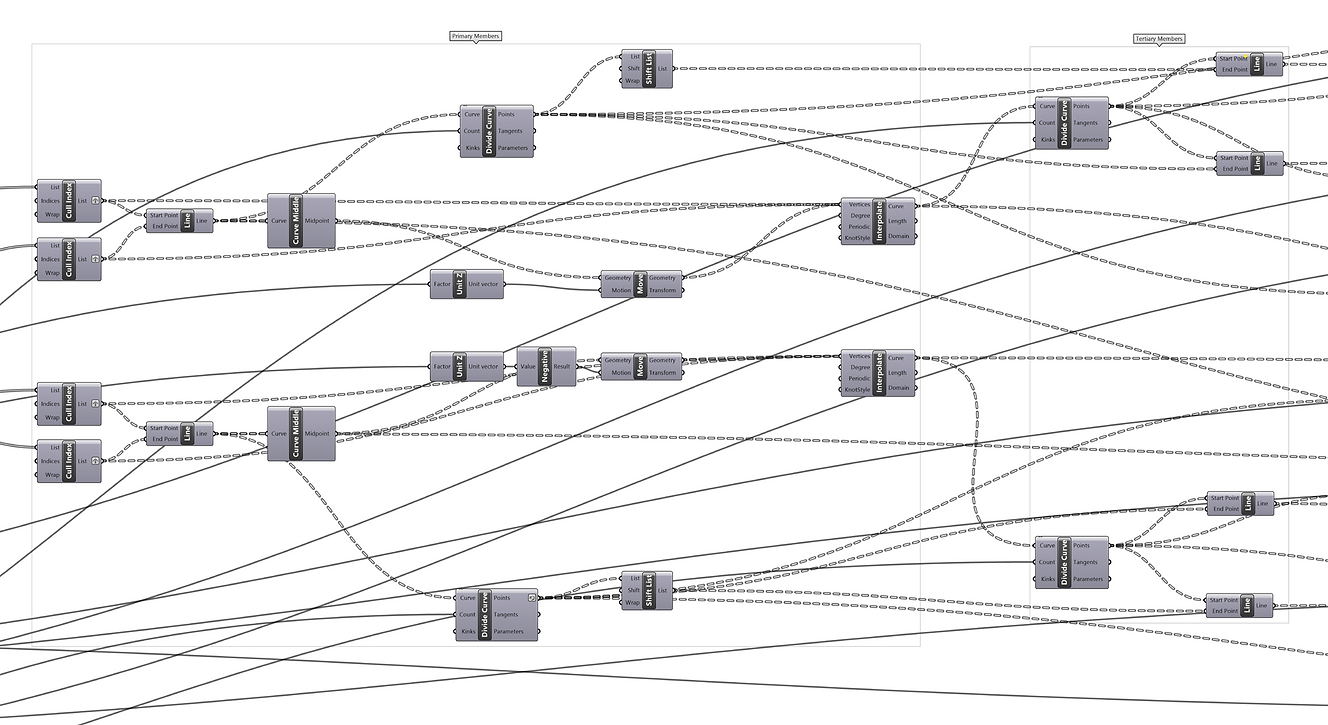Hrushikesh Shah
LEED AP BD+C
Parametric Truss
Generative Design Challenge, Fall 2022
Guided by Joshua Bard
By leveraging advanced computational techniques, the design achieves a seamless transition of geometric patterns, highlighting the interplay between algorithmic precision and aesthetic appeal. This piece demonstrates the transformative potential of digital tools in modern design, allowing for the creation of intricate and dynamic visual experiences. It stands as a testament to the fusion of technology and creativity, showcasing how parametric design can produce both visually captivating and mathematically rigorous results. This visualization not only captures the viewer's attention with its vibrant colors and evolving forms but also underscores the innovative capabilities inherent in computational design methodologies.

Parameters
Span
Thumb rule sizes
Number of element
Radius of Elements
Angle of Truss
Depth of Elements
Relative sizing
Joinery Sizing
Key Concepts
Conditional Parameters
Mathematical conditions are used here to enable increase and decrease of members with increase in span. These relationalities behaves like 'if' and 'then' statements.
Graft and Flatten
Sets and matrix is crucial to understand to control the simultaneous modifications across multiple elements. Graft and Flatten are 2 concepts that help control the branching in grasshopper components
Script


